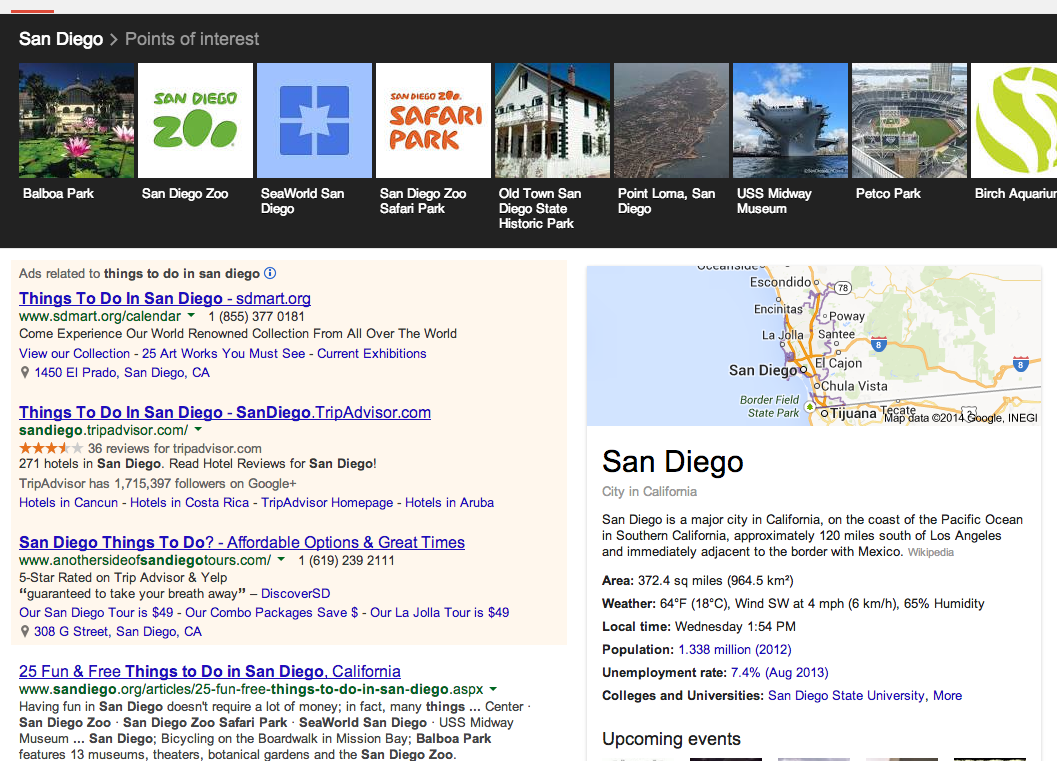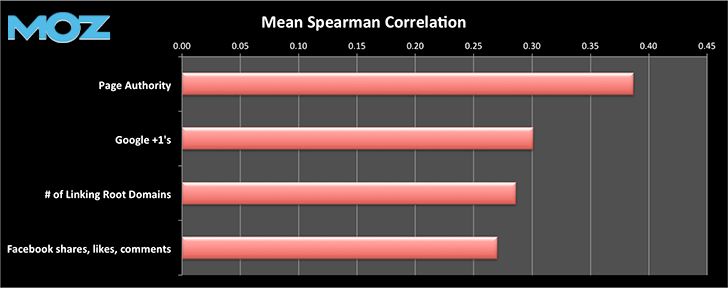Resolution#1: Focus on Quality Content
2013 was a busy year for Google: several additional Panda and Penguin updates targeting low quality content and spam link schemes, as well as the release of the new Hummingbird algorithm which focuses on relevancy and understanding users’ search intents. Topped with the continued rise of not provided keyword data in Analytics, SEO continues to shift toward a content-centric approach.
In 2014, this trend will keep growing and if you are not ready to put efforts into developing unique, high quality content that provides users with great experiences, you are sure to fall behind. The New Year is almost here, so make sure that you are prepared with a full-proof content strategy. Find your voice, create informative and exciting content that will entice and engage users, and don’t forget to integrate social media into your content marketing campaigns.
Resolution#2: Get Mobile
As we all know, mobile usage and search in 2013 has continued to grow at light speed with global mobile traffic now accounting for 15% of all internet traffic. It’s also growing much faster than on any other type of device with over 1.2 billion people already accessing the web from their mobile device. Needless to say, if you are not already in the run for mobile accessibility and engagement, you are probably losing a significant amount of traffic and potential revenue.
Search engines are already understanding the importance of mobile in search and working toward improving user experience through mobile devices. In August, Google Webmaster Tool’s blog posted an update about their ambition to drastically improve mobile loading speed and get it to under a second. The September Hummingbird release with its focus on user intent and the context behind search is also a sign that Google is concentrating on mobile search which is characterized by more natural language search. Finally, they announced that 2014 will be focused on the development and improvement of voice search, which is mainly utilized by mobile users.
What does this mean for your search engine optimization strategy in 2014? Get mobile and make sure that all your content is fully optimized across digital platforms. Choose responsive design, mobile sites, and applications to make sure that you are offering the best possible experience to your visitors on all devices.
Resolution#3: Understand What Semantic Search Means For SEO
Semantic search, which seeks to understand the context and intent behind user searches, is the future of search. Technically, this means that search engines are getting smarter in their efforts to provide users with increasingly more relevant results. What this means for SEO is that they are no longer simply looking at a set of keywords and producing related results, but they are looking at both explicit and implicit queries (actual query, previous searches, location, etc) in order to get a comprehensive understanding of queries, entities and their relationships.
Google’s Knowledge Graph, Google Now and the local Carousel are perfect examples of this move toward advanced semantic search. With these new technologies, Google is trying to provide answers rather than results. It is looking at rich structured data sources within the web and connecting paths between them in order to come up with an actual answer to a query. Search engines results are no longer made of 10 blue links but actually encompass a wealth of information, from the Knowledge Graph and Carousel to rich snippets and more.

What this means today for SEO is that structured data is becoming a key element in search as it provides search engines with guidelines on how to read, understand and connect your content with other sources. Using advanced semantic markup to structure your content will ensure that search engines are able to find and process it. In the short term or until the global adoption of structured data, this implementation will put you one step ahead. And in the long term, it will ensure that your website/content/brand is fully integrated into the semantic web.
Resolution #4: Unleash the power of Google+
SEO experts today recognize the importance of Google+ for search engine optimization and most believe that it will keep growing. According to a study realized by the Moz Data Science Team, there is a correlation between Google+ activity and higher search rankings, and it may be among the top ranking factors. Some of the causes identified are that Google+ posts are crawled and indexed more quickly, they pass link equity and they are optimized for semantic relevance. Google+ activity can also have a positive impact on local search and SERP visibility which can boost your click-through rates.
So what should you do? Take advantage of this amazing resource by making sure that you are utilizing it fully, from developing relationships to sharing content to building authorship. For more details about how to tap into the wealth of Google+, read this great post by Cyprus Shepard from Moz.

Resolution #5: Don’t forget your SEO fundamentals
The digital optimization industry is evolving and embracing new opportunities will prove essential to continue developing your online presence. However, it does not mean that you should forget about SEO fundamentals. On-site content optimization, coherent information architecture and internal linking structure, exceptional user experience and link building are only some of the many tried-and-true tactics which are still relevant in many ways today and should be an integral part of your overall search engine optimization strategy.